Greg Kihn, Painted Black
Adding to his long and distinguished career in rock music, Greg Kihn is now fully immersed in the world of creative fiction. His latest novel, Painted Black, is the second in a sequence […]
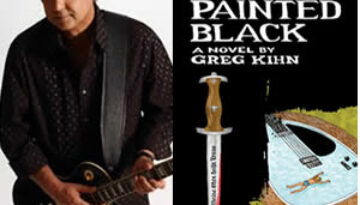
Adding to his long and distinguished career in rock music, Greg Kihn is now fully immersed in the world of creative fiction. His latest novel, Painted Black, is the second in a sequence […]
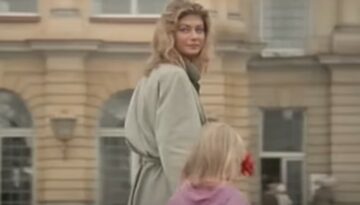
Today we look at a Top 9 List of some forgotten gems from the 1980s. These are pop/rock songs which may have briefly entered the national charts or rotation on MTV, but have […]
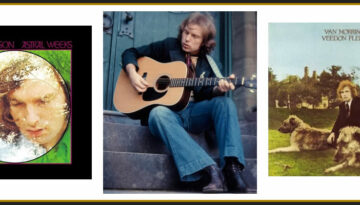
Van Morrison’s Astral Weeks and Veedon Fleece Buy Astral Weeks Buy Veedon Fleece This article was provided by Mike Fishman, who has written about Van Morrison for the Mystic Avenue blog and writes […]
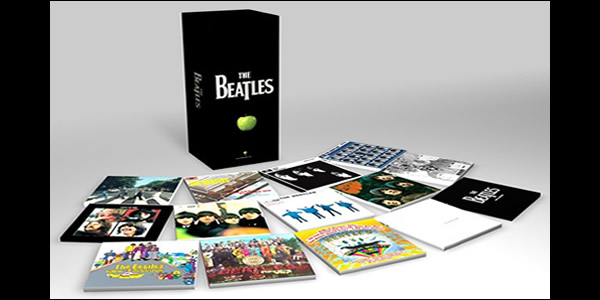
Ever since the beginning of the rock era, there have been compilations. As we mentioned in our very first special feature on The Album, long playing vinyl albums were simply a collection […]
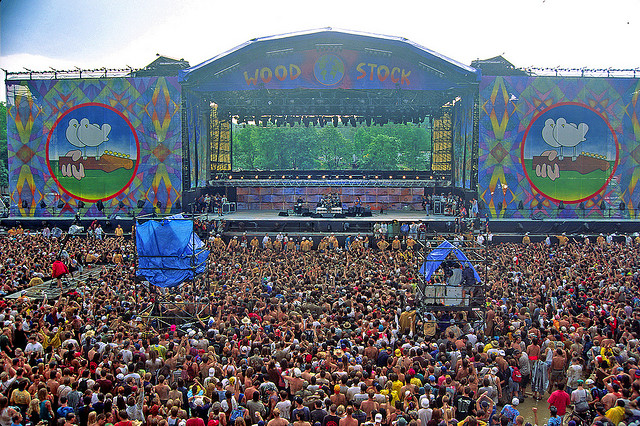
Through the long history of rock and roll, there have been impressive second acts. We’ve spoken about such comebacks during some of our late 1980s reviews, most prominently the full re-ascent of the […]

Nearly from its inception, rock and roll and Christmas songs have made for a potent mixture of holiday-flavored punch. This marriage dates back to 1957 with the first Elvis Presley Christmas Album and […]
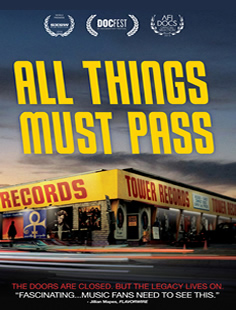
The chronological framework of Classic Rock Review spans the years 1965-2000 in order to coincide with the rise and fall of the traditional, artist-driven, hard-copy “album”. Nearly mirroring this time span and on […]
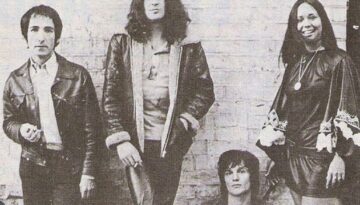
A Rock Opera Before it was a theatre act, Broadway play, or motion picture, Jesus Christ Superstar was simply a 1970 rock album produced by composer Andrew Lloyd Webber and lyricist by Tim […]
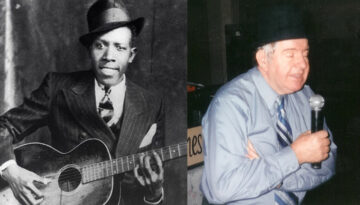
Buy King of the Delta Blues Singers On November 23, 1936 in San Antonio, TX, a young blues man from the Mississippi Delta cut the first half of his famed 29 recorded tracks. […]
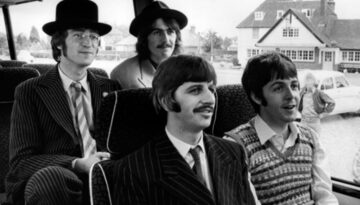
On the 52nd birthday of co-founder Karyn Albano, we celebrate this brave milestone we are putting together a special list of Karyn’s personal 52 great moments in music since July 10, 1968. First, […]